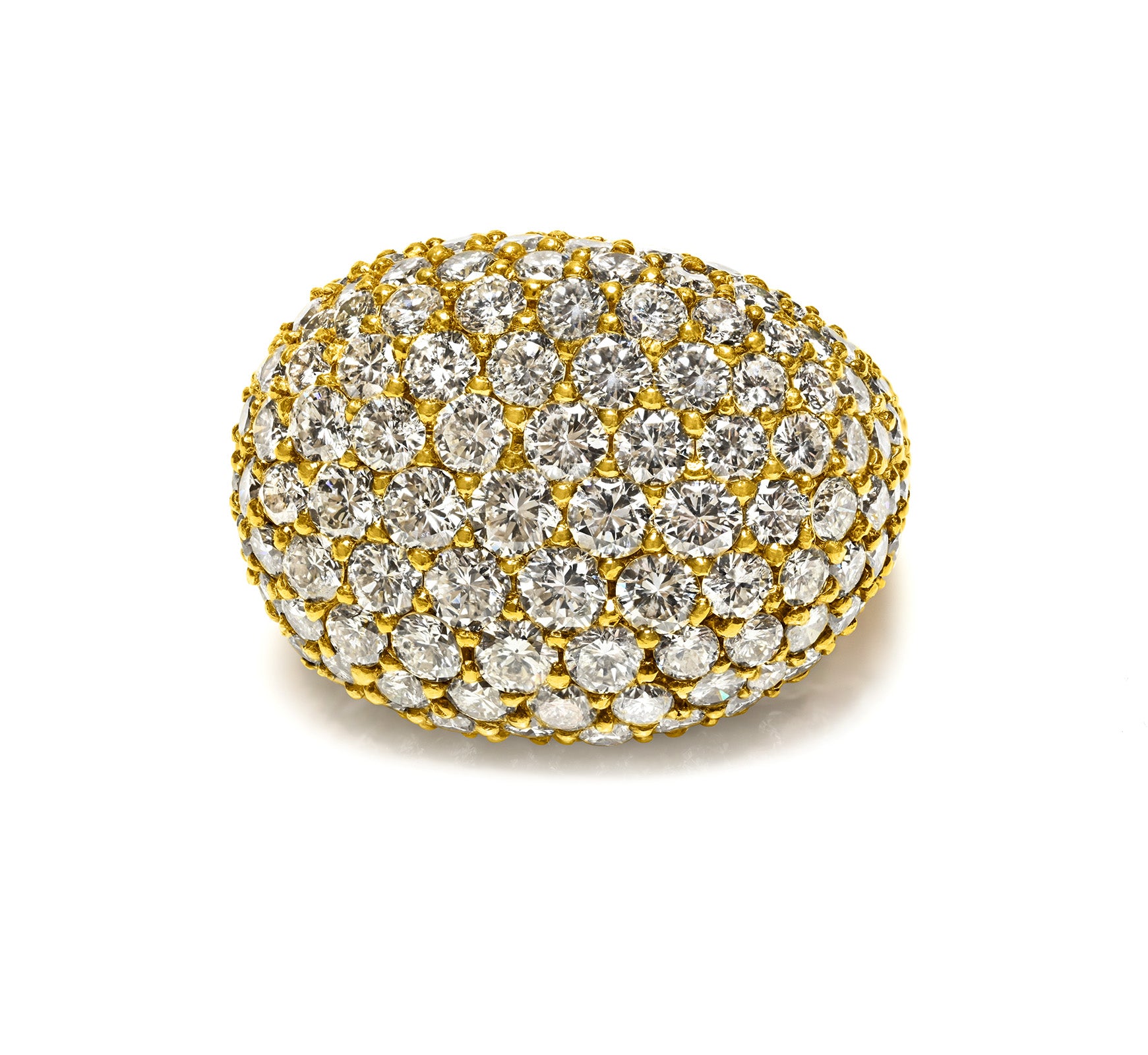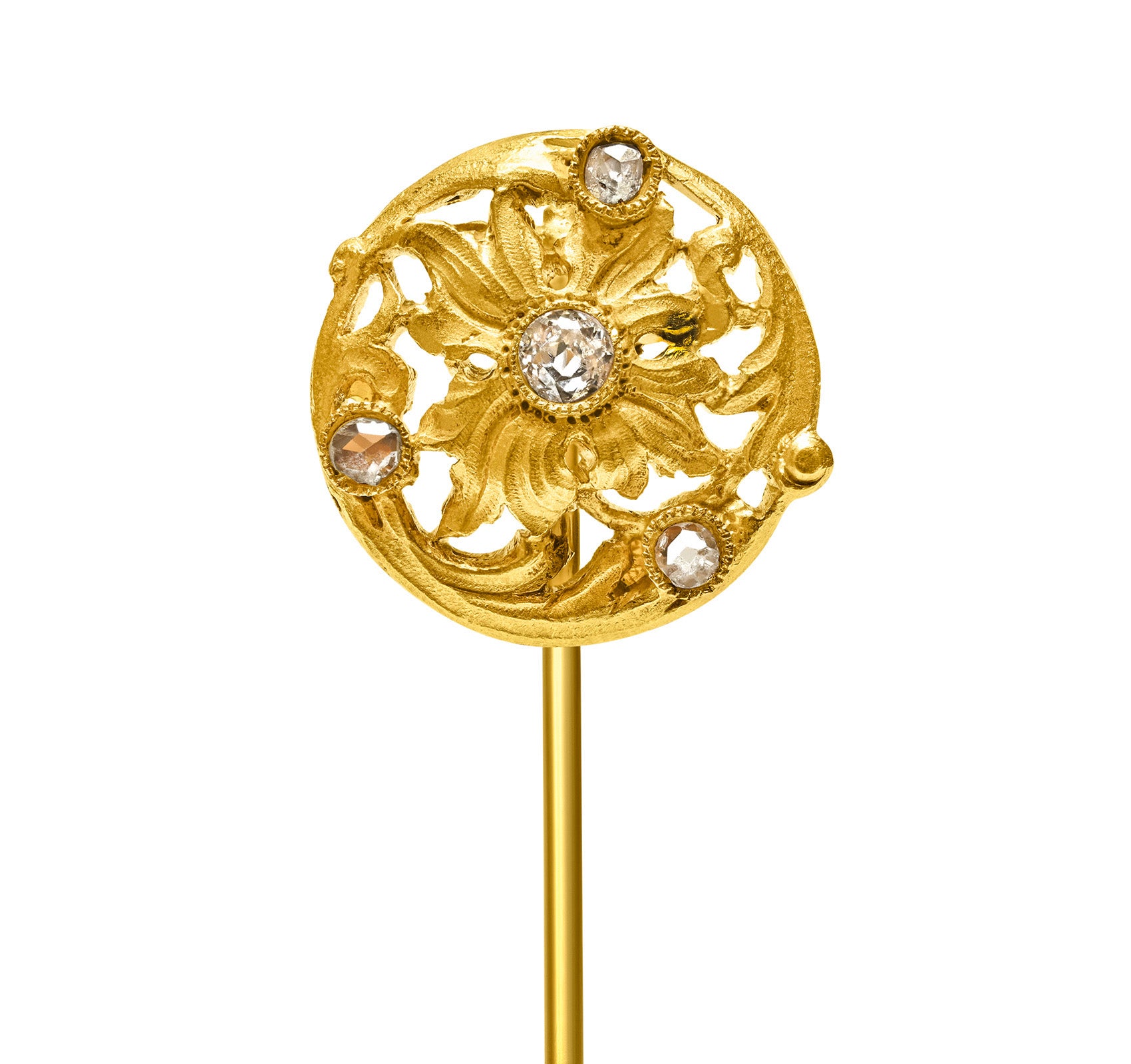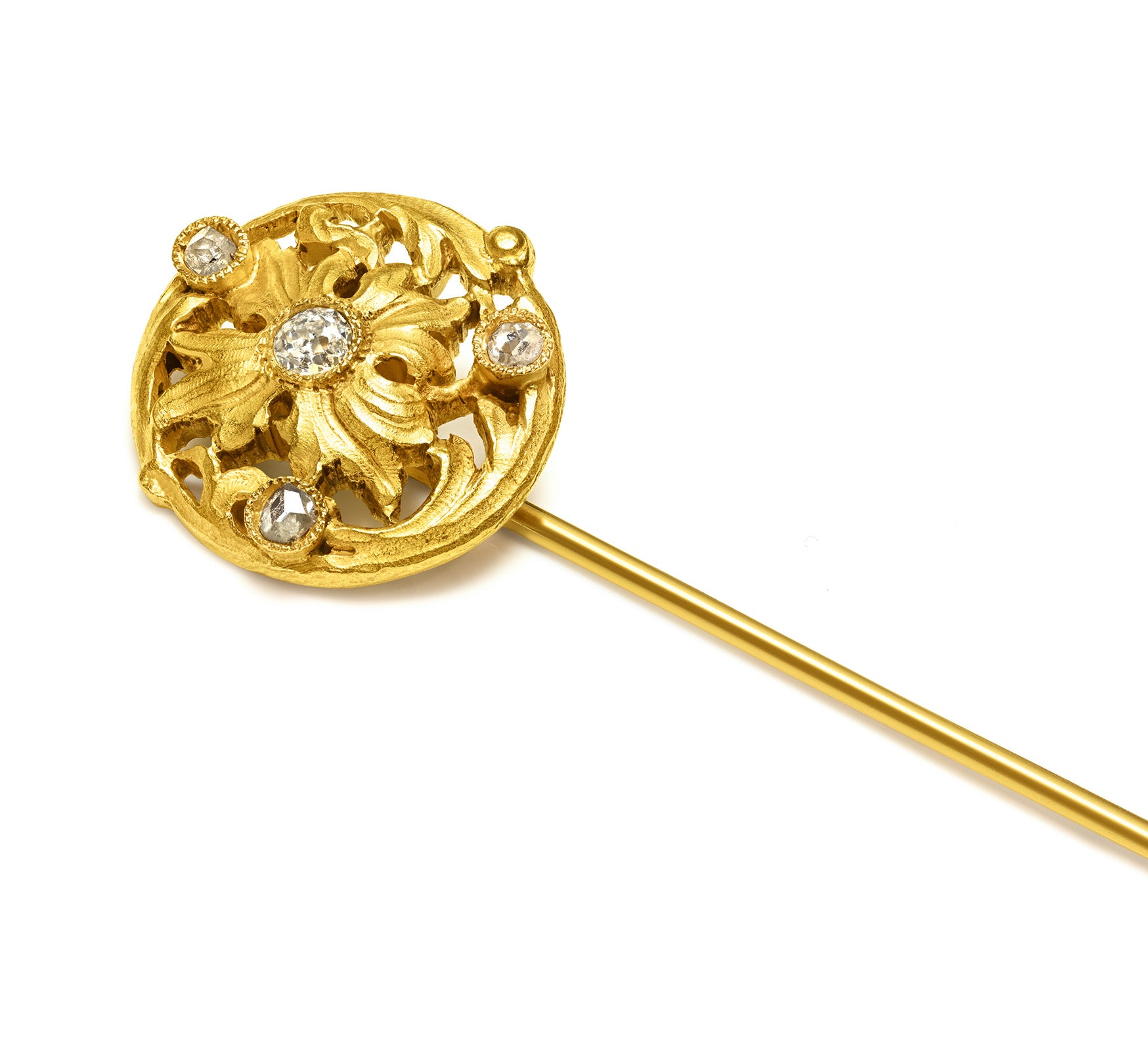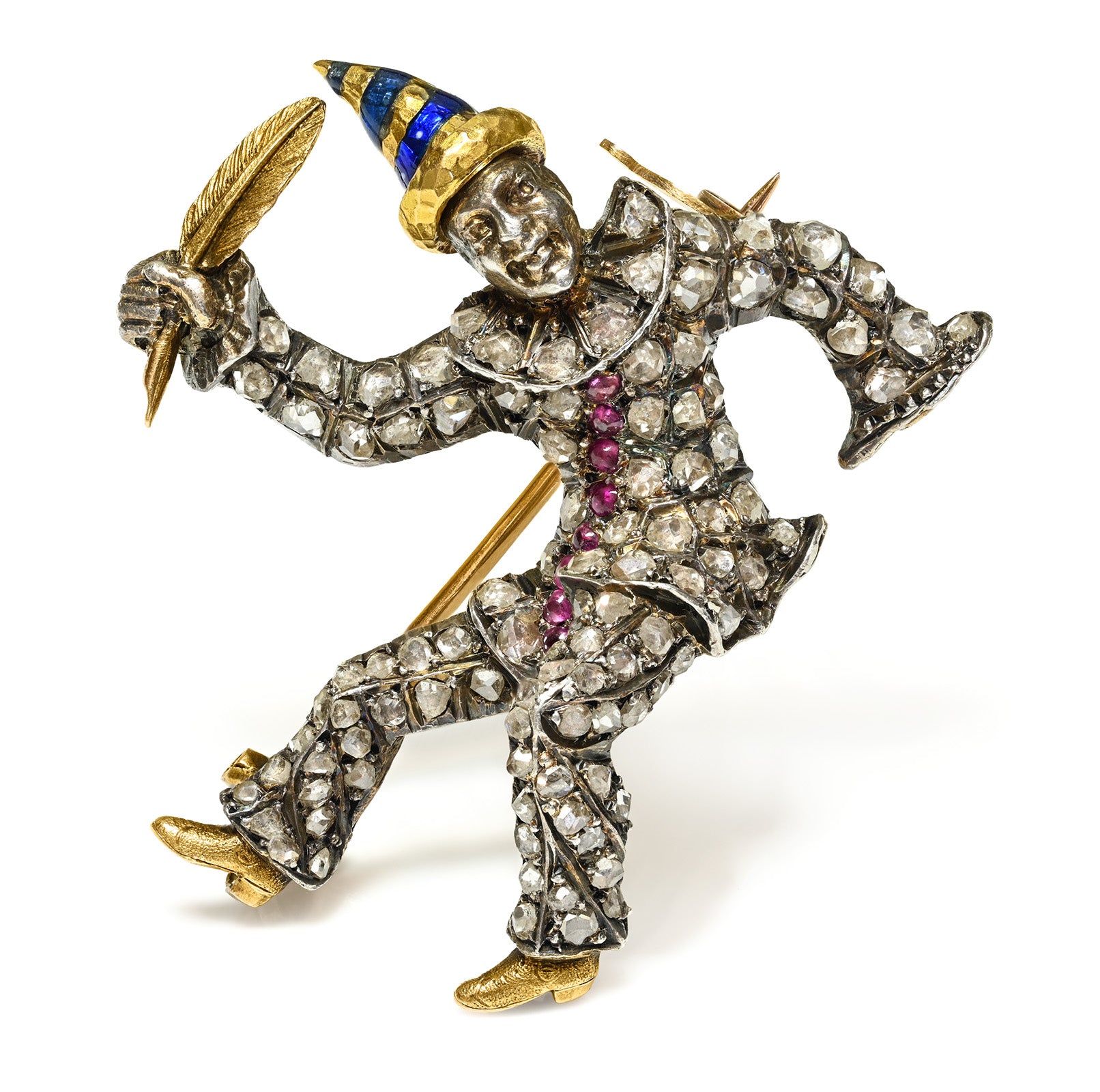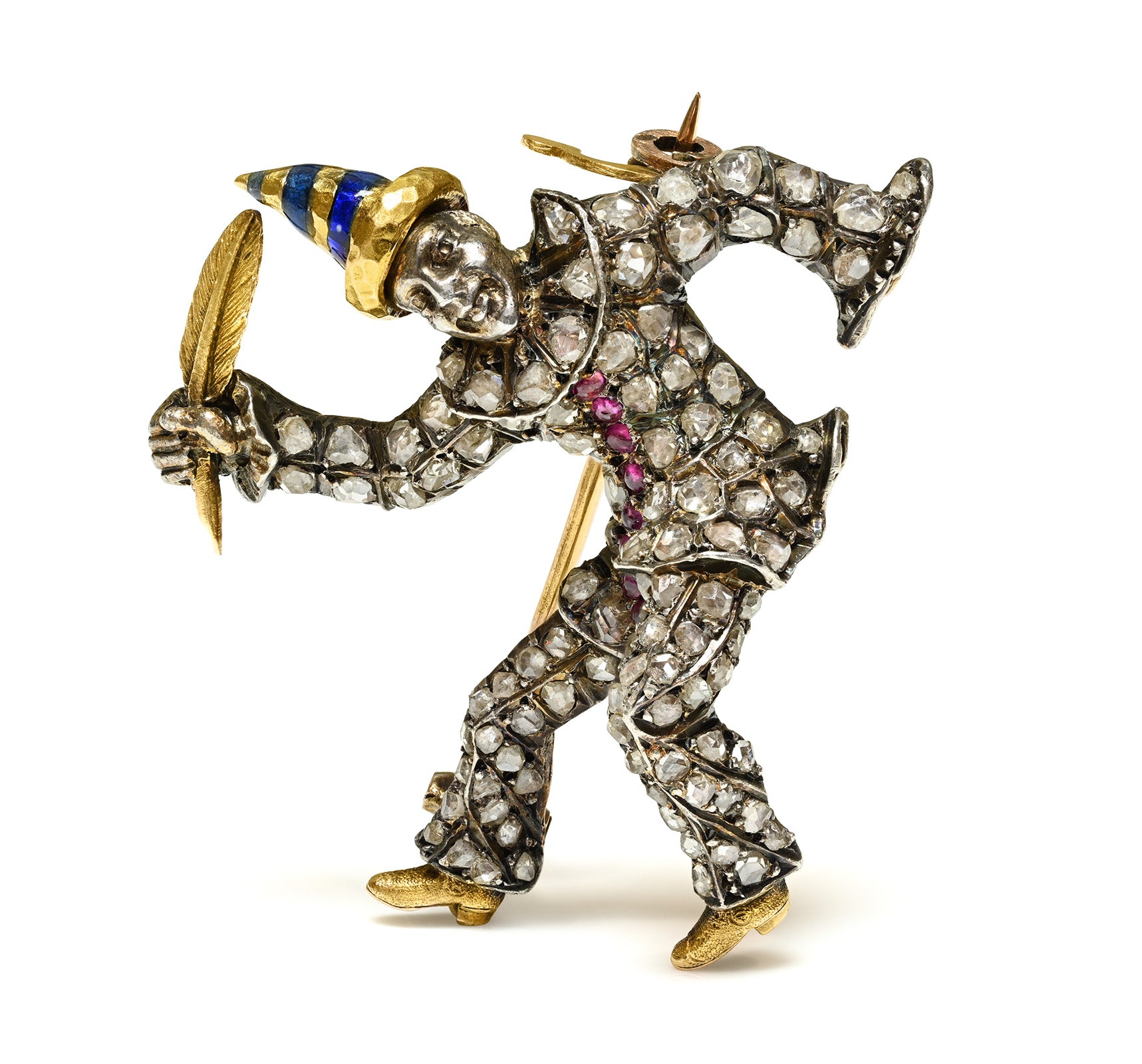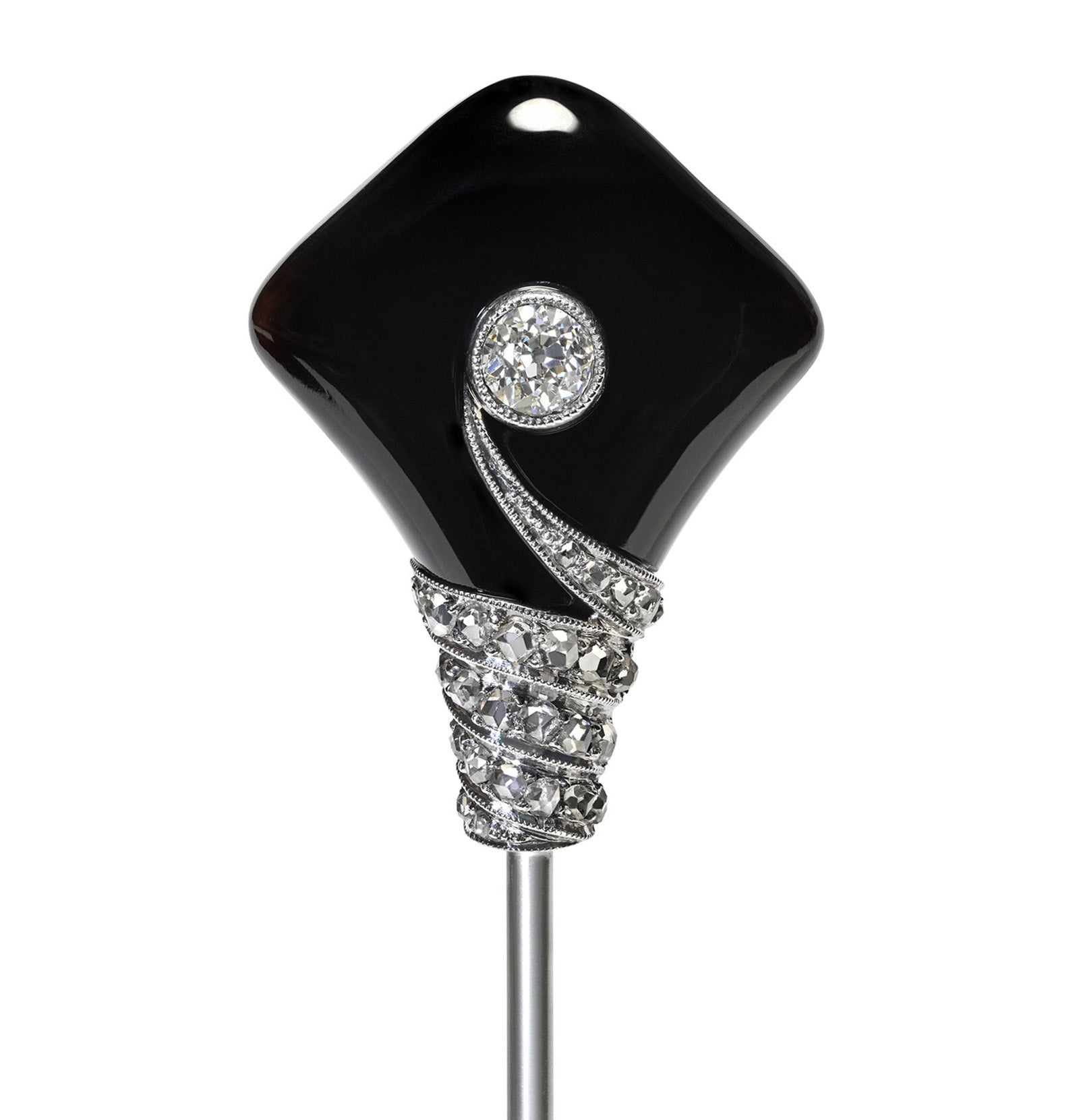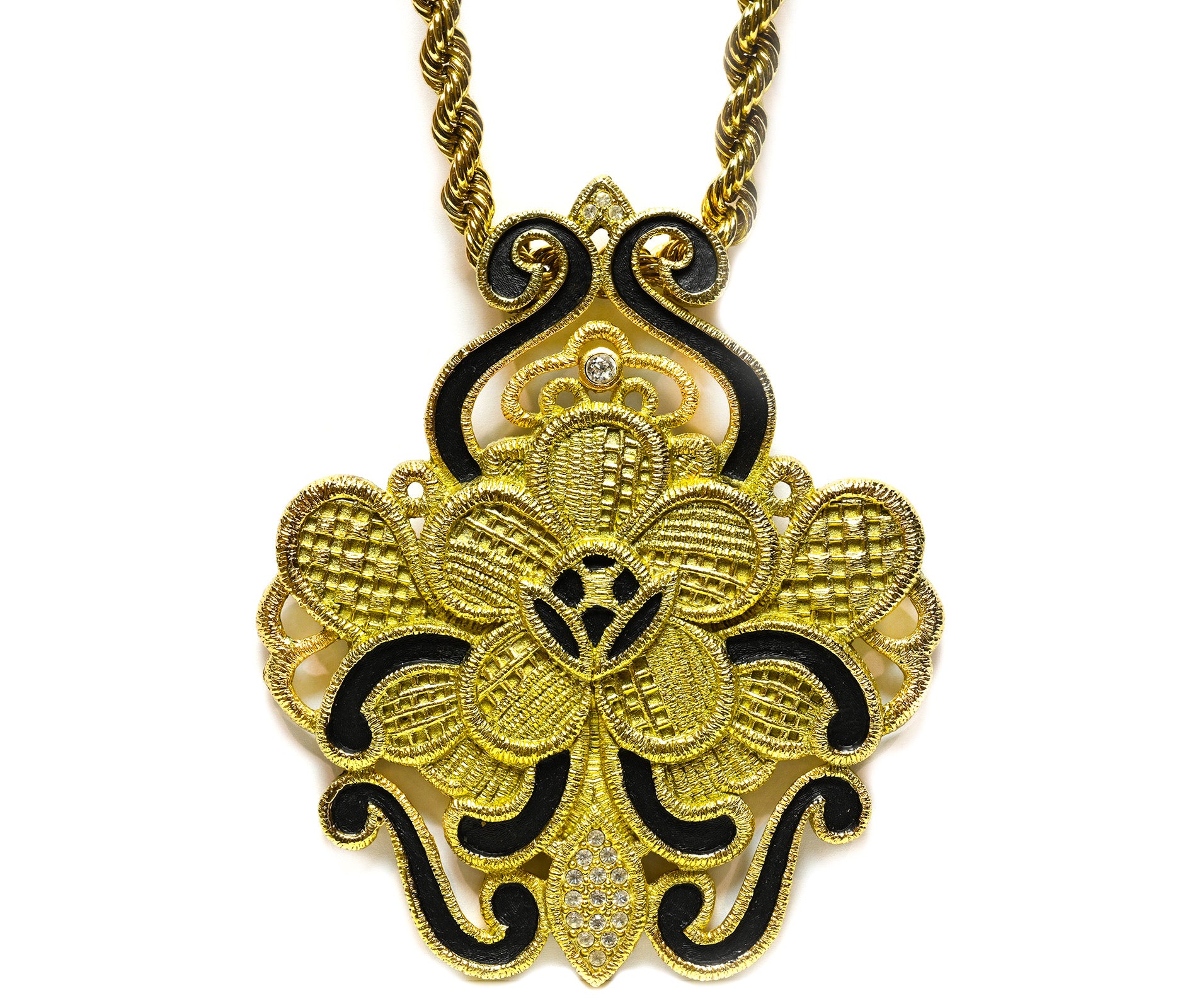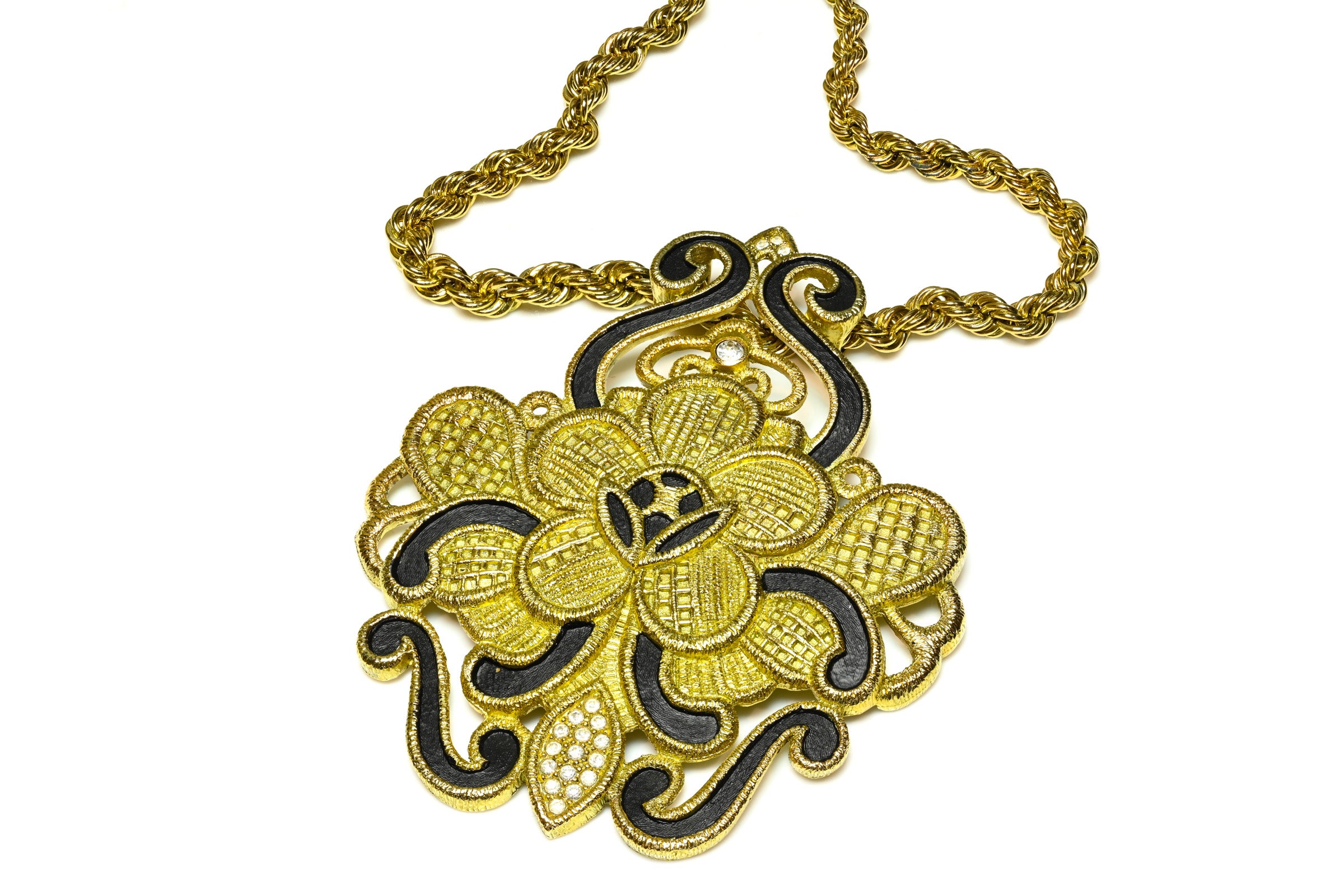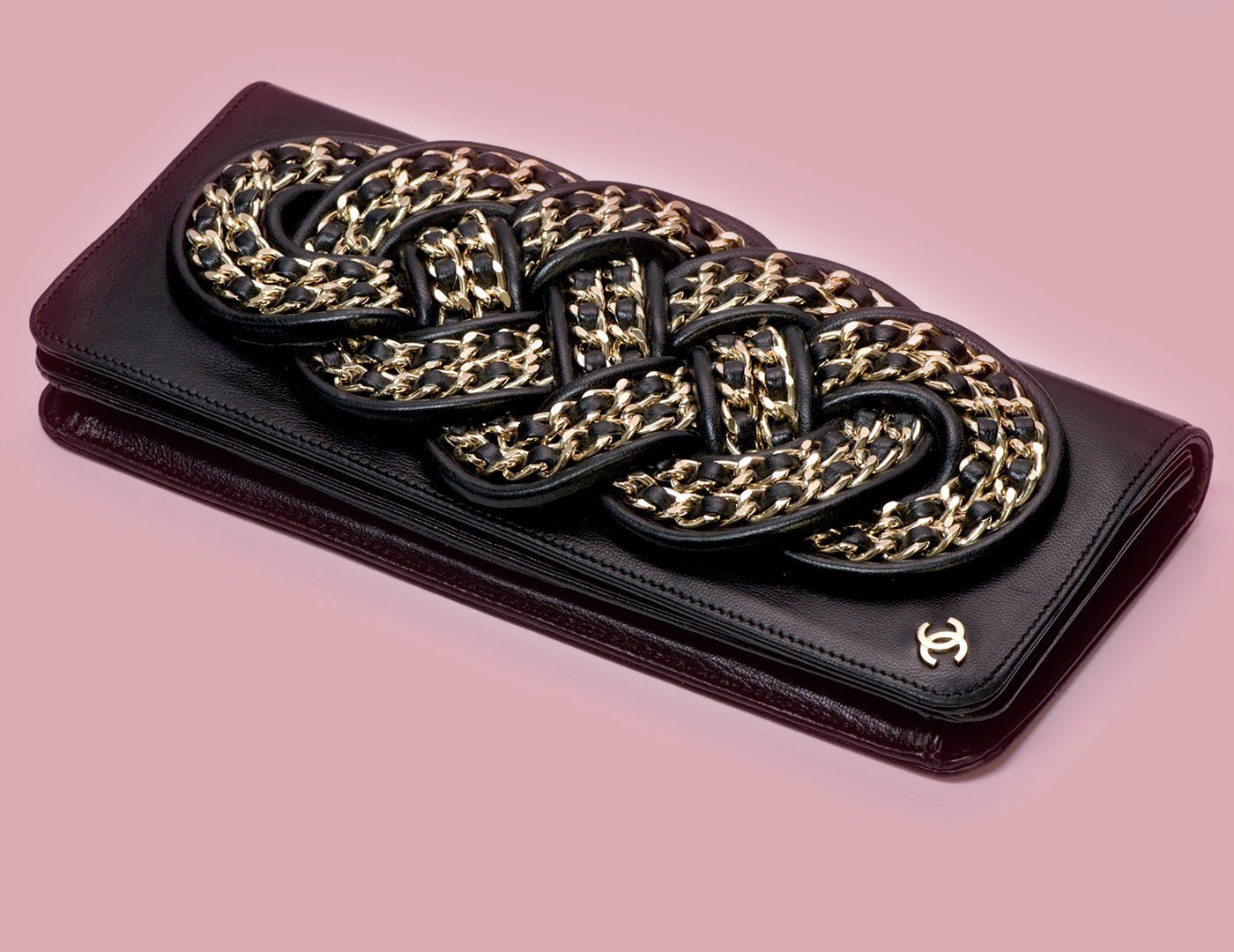
Interesting Things You Don't Know About The Clutch Bag
The clutch bag is definitely a must-have accessory for every woman. Find out now several interesting things you probably don't know about it.
For years, the clutch bag was a hit on the catwalks at the fashion shows of the most famous brands in the world.
As women usually only needed lipstick and gloves at fancy parties, at the beginning the bags were extremely small. Once the woman became more and more active and started to work, the place of the small bags was taken by large bags so ladies could take with them the indispensable objects (which now includes cell phones, tablets, and sometimes even laptops).
Nevertheless, women still long for glamour, and sometimes, at a party, for example, a clutch would make them look spectacular. A fancy clutch bag will make the lady who wears it more feminine and special. And noticed!
The Clutch Bag - Interesting Things You May Not Know
The clutch as we know it now originates in the 1930s and was associated with Hermes, the main leather bag designer in those days. Later on, Alexander McQueen brought the clutch gat back into the fashion industry.
But the "Queen of Clutch" was Judith Leiber who literally transformed clutches into jewelry. She created exquisite Swarovski Crystal encrusted clutches loved by the likes of Lady Gaga and Katie Perry.
To summarize, in elaborate and charming versions, "small handbags" have become and remain a must-have element for social events.
How Did The Clutch Bag Evolve
Though many people may think the clutch bag was a Hermes invention, actually the clutch is much, much older. Small bags and purses dating hundreds of years ago can be seen in old paintings and tapestries. Though, only a few examples have survived for they were made of perishable materials.
They were generally used to transport money and other personal items, as the clothes did not yet have pockets.
The oldest "handbag" originates from the city of Mosul - northern Iraq - and it is over 700 years old. The bag has a solid brass body and is inlaid with scenes of courtly life in gold and silver.
Bags and purses were originally made in a variety of designs to serve several purposes, some with clips, others with cords. With the exception of a few shoulder bags, all were worn as attached to the belt. The introduction of pockets towards the end of the 16th century turned the bag into an exclusively feminine accessory.
In the early 16th century, women often carried their small bags attached to a belt or girdle by means of a chatelaine - a small hook to which small utensils could be attached. Chatelains were often made of precious metals and in time were considered jewelry.
For years, the clutch bag was a hit on the catwalks at the fashion shows of the most famous brands in the world.
As women usually only needed lipstick and gloves at fancy parties, at the beginning the bags were extremely small. Once the woman became more and more active and started to work, the place of the small bags was taken by large bags so ladies could take with them the indispensable objects (which now includes cell phones, tablets, and sometimes even laptops).
Nevertheless, women still long for glamour, and sometimes, at a party, for example, a clutch would make them look spectacular. A fancy clutch bag will make the lady who wears it more feminine and special. And noticed!
The Clutch Bag - Interesting Things You May Not Know
The clutch as we know it now originates in the 1930s and was associated with Hermes, the main leather bag designer in those days. Later on, Alexander McQueen brought the clutch gat back into the fashion industry.
But the "Queen of Clutch" was Judith Leiber who literally transformed clutches into jewelry. She created exquisite Swarovski Crystal encrusted clutches loved by the likes of Lady Gaga and Katie Perry.
To summarize, in elaborate and charming versions, "small handbags" have become and remain a must-have element for social events.
How Did The Clutch Bag Evolve
Though many people may think the clutch bag was a Hermes invention, actually the clutch is much, much older. Small bags and purses dating hundreds of years ago can be seen in old paintings and tapestries. Though, only a few examples have survived for they were made of perishable materials.
They were generally used to transport money and other personal items, as the clothes did not yet have pockets.
The oldest "handbag" originates from the city of Mosul - northern Iraq - and it is over 700 years old. The bag has a solid brass body and is inlaid with scenes of courtly life in gold and silver.
Bags and purses were originally made in a variety of designs to serve several purposes, some with clips, others with cords. With the exception of a few shoulder bags, all were worn as attached to the belt. The introduction of pockets towards the end of the 16th century turned the bag into an exclusively feminine accessory.
In the early 16th century, women often carried their small bags attached to a belt or girdle by means of a chatelaine - a small hook to which small utensils could be attached. Chatelains were often made of precious metals and in time were considered jewelry.
In the seventeenth and eighteenth centuries and for most of the nineteenth century, women's clothing was so bulky that one or two "pockets" could be easily hidden under the skirt.
Clutches were used for most of the 19th century and were of course used for storing small and indispensable items.
After the discovery of the Roman city of Pompeii (in the late 18th century), ancient Greek and Roman clothing became a source of inspiration for designers. Thys, women's dresses have become lighter and the waistline moved up just below the breasts.
Consequently, bags or ‘pockets’ could no longer be disguised within the folds or the dress and thus the forerunner of the clutch bag, the reticule, was born. The reticule was a small bag, similar in design to the contemporary clutch, which was worn from the shoulder by means of a cord or a chain.
These delicate dresses could no longer hide pockets attached to the thighs so, the forerunner of the clutch bag, named reticle, was invented. The reticule, similar in design to the contemporary clutch, was worn from the shoulder by means of a cord or a chain. Such bags were in vogue until the first decades of the 19th century.
The Industrial Revolution (19th century) brought new methods and techniques of manufacturing and many new materials were introduced in the fashion world, which obviously led to the manufacture of new models of bags. The needs also diversified, keeping pace with the times. Large travel bags have been created for those traveling by boat or train, handbags for shorter train journeys, shopping bags for shopping or sightseeing.
Clutches were used for most of the 19th century and were of course used for storing small and indispensable items.
After the discovery of the Roman city of Pompeii (in the late 18th century), ancient Greek and Roman clothing became a source of inspiration for designers. Thys, women's dresses have become lighter and the waistline moved up just below the breasts.
Consequently, bags or ‘pockets’ could no longer be disguised within the folds or the dress and thus the forerunner of the clutch bag, the reticule, was born. The reticule was a small bag, similar in design to the contemporary clutch, which was worn from the shoulder by means of a cord or a chain.
These delicate dresses could no longer hide pockets attached to the thighs so, the forerunner of the clutch bag, named reticle, was invented. The reticule, similar in design to the contemporary clutch, was worn from the shoulder by means of a cord or a chain. Such bags were in vogue until the first decades of the 19th century.
The Industrial Revolution (19th century) brought new methods and techniques of manufacturing and many new materials were introduced in the fashion world, which obviously led to the manufacture of new models of bags. The needs also diversified, keeping pace with the times. Large travel bags have been created for those traveling by boat or train, handbags for shorter train journeys, shopping bags for shopping or sightseeing.
What Changed The "Fate" Of The Bag
In the twentieth century, the new trends in art and fashion also changed the "fate" of the bag. However, the emancipation of women was the most influential factor in the evolution of the handbag.
More and more women decided to get employed, they became more mobile therefore their handbags had to meet a growing variety of practical needs. This has led to the appearance of various bags for specific purposes, such as a leather bag for going to the office, practical leather and plastic bags for daily use, elegant bags and minaudières, or metal clutches for the evening.
The clutch was originally called the "finger purse". In 1930 Hermes was the supreme designer of the "finger purses".
In the 20th century, famous designers all over the world, such as Louis Vuitton, Gucci, and Prada, began to create handbag collections, clutches being of course included among them.
In the nineties, Judith Leiber made incredible clutch bags, transforming them into jewelry. Manufactured with a level of craftsmanship that has rarely been matched in the fashion world, her bags and minaudières, decorated with rhinestones and crystals, are sold all over the world and countless celebrities wear them with pride, among them Sarah Jesica Parker or Jennifer Lopez.
How To Wear A Clutch Bag
- Hold it at the bottom, like a newspaper. It looks natural and it leaves you one hand free.
- You can hold the clutch with both hands in front of the body, but not for long and normally just for a "pose". You will need a free hand and don't wanna look distant.
- Under your arm, but also, not for long, only as a transitional position. It will look awkward if you don't move the holding arm for long.
- Hold it at the end. It looks casual and relaxed.
- Hold it at the top with your index finger extended.


